Complete Guide to Biometric Sensors
Biometric sensors let you monitor various biological signals. Notably, biometric sensors are critical for authentication purposes such as fingerprint sensors or facial recognition. However, biometrics are also useful for monitoring heart rate, pulse, muscle activity, and more. Learn all about biometric sensors, from what they are to the various kinds available, how they’re used in the real world, and what biometric sensors are available!
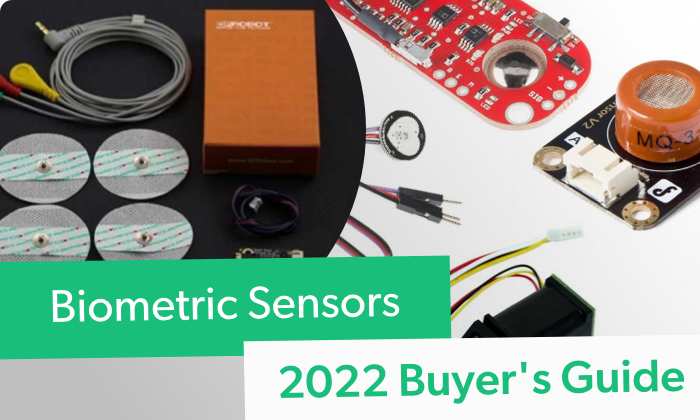
What is a Biometric Sensor?
Biometrics are measures of people’s unique physical or characteristics. The word biometrics is a combination of biological and metrics. As such, biometric sensors measure various physical or behavioral elements of humans or other living entities. Common examples include fingerprint readers, heart rate monitors, pulse sensors, and EKGs.
What is a biometric sensor: A biometric sensor is a device that monitors people’s unique physical attributes or behavioral attributes such as fingerprints, vocals, facial features, heart rate, pulse, etc.
How do Biometric Sensors Work?
Essentially, biometric sensors allow for biological signals to interface with electronics. For example, you might press your finger on a fingerprint reader. The fingerprint sensor then captures that unique identifier and using corresponding software, an algorithm can differentiate your fingerprint from someone else’s.
Or a heart rate monitor might record real-time health data. Essentially, biometric sensors let you capture information from biological sources.
How are Biometric Sensors Used in the Real-world?
Biometric sensors are incredibly common. In fact, you’re probably reading this article on a device equipped with at least one form of biometric sensing. Most phones and laptops feature fingerprint sensors along with facial recognition, voice recognition, and even iris or retina sensors. Apple’s Face ID is a prominent example of facial recognition integrated into the iOS and macOS ecosystems, while Touch ID is its fingerprint reader. If you’ve got a smartwatch, that might feature a wrist-based heart rate monitor.
How biometric sensors are utilized in real-world applications:
- Phones/tablets/laptops: Fingerprint sensors for device unlocking, facial recognition for device unlocking, etc.
- Smart speakers: Voice recognition
- Airport security: Facial recognition to verify passport photos, self-service kiosks, etc.
- Security: Building access with fingerprint sensors, facial recognition, retina/iris scanners, etc.
- Connected health: Heart rate monitors, pulse monitors, etc.
Who is Buying Biometric Sensors?
Biometric sensors are used a lot in industrial applications. Think building access, health, and fitness mainly. And much of that will be in the enterprise sector - hospitals, workplaces with fingerprint/iris scanning identification security systems, fitness wearables, and other big businesses. Still, there are tons of opportunities for makers to implement biometric sensors in projects at home. You can create wearable heart rate monitors, heart rate display devices, gesture control gadgets, blood pressure sensors, and more!
Who is using biometric sensors:
- Industry professionals (hospitals, fitness organizations, workplace security, etc.)
- DIYers
What Types of Biometric Sensors are Available?
There are several kinds of biometric sensors frequently employed. These range from fingerprint sensors to heart rate monitors.
What common types of biometric sensors are available:
- Fingerprint sensors: Fingerprint recognition is extremely common. Chances are, your mobile device features an integrated fingerprint scanner on the back or even baked into the screen. Since fingerprints are unique identifiers and easy to monitor, fingerprint biometric sensors are quite popular.
- Pulse sensors: Pulse sensors let you view heart contractions. This is crucial for analyzing fitness and health. In particular, pulse sensors are often used to track the performance of athletes, gamers, or the average person.
- Heart rate sensors: A heart rate sensor allows you to track heartbeats per minute. Heart rate sensors are commonly deployed in fitness wearables for performance evaluation.
- Muscle sensors: A muscle sensor measures muscle activity by analyzing its electrical potential, or electromyography (EMG). Muscle sensors are great for providing feedback that could detect nerve or muscle issues or motion control for prosthetics.
- Iris scanner: Because the human eye’s iris, or the coloured area of the eye, is composed of tiny muscles that change shape depending on how much light there is, an iris sensor can use the muscle folds in the iris as a method of identification.
- Voice recognition: While many forms of biometric sensing are tied to physical attributes such as the iris, facial features, or fingerprints, behavioral characteristics serve as identifiers as well - so long as they’re unique. That’s why voice recognition is a great form of authentication.
Best Biometric Sensors for At-home DIYing
Although many biometric sensors are used in industrial applications like phone manufacturing or building security, you can find biometric sensing devices for at-home making. That way, you can create your own do-it-yourself (DIY) identification and authentication systems. For instance, you can find various wearable biometric sensors and Arduino biometric sensors to use in your own projects.
Seeed Studio Grove Fingerprint Sensor
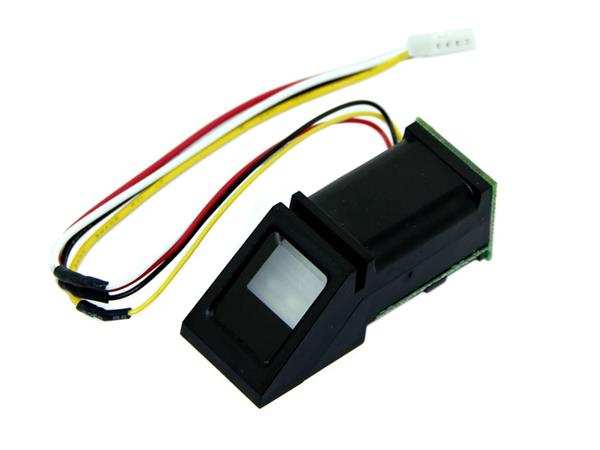
The Seeed Studio Grove Fingerprint sensor is an awesome optical fingerprint scanner. It uses Seeed Studio’s Grove ecosystem for plug-and-play compatibility with a slew of different Grove devices. Onboard, you’ll find a beefy AS601 DSP chip for image calculator and rendering. With the ability to house up to 162 fingerprints in its built-in flash memory, the Seeed Studio Grove fingerprint sensor is a great option for DIYing. Easy to use yet extremely capable, you can cobble together a home security system or other fingerprint-based identification and verification project.
Seeed Studio Grove fingerprint sensor features:
- Grove ecosystem
- AS601 DSP chip for calculation and image rendering
- Stores up to 162 fingerprints in its onboard flash memory
- Red LED indicator light
- Good for creating fingerprint-based authentication systems and more
SparkFun Pulse Sensor
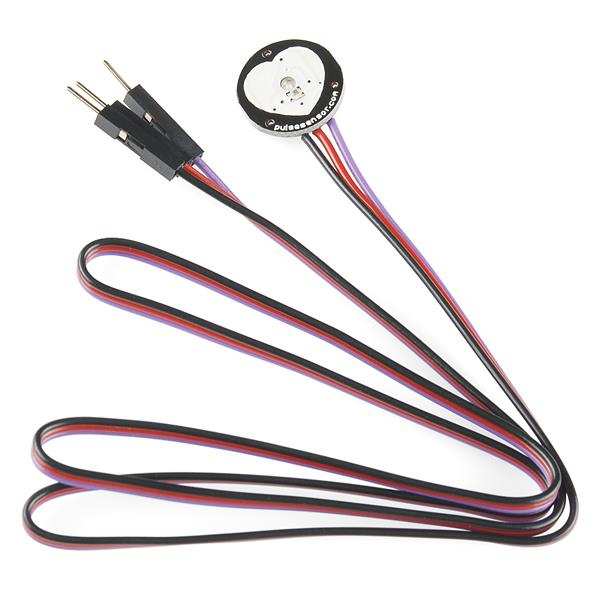
This SparkFun pulse sensor lets you view heart rate data. It monitors the flow of blood through capillaries which results from heart contractions per minute. That way, you can see heart rate data. You can easily interface with Arduino microcontrollers by plugging this pulse sensor into a 3V or 5V Arduino, then clipping the pulse sensor to your fingertip or earlobe. Its 24-inch long cable is plenty long for convenience of use. Wearable biometric sensors like this SparkFun pulse sensor are great for connected health and fitness applications.
SparkFun pulse sensor features:
- Arduino-compatible
- Measures heart rate by monitoring the flow of blood through capillaries that results from heart contractions per minute
- Works with 3V or 5V Arduino microcontrollers
- Includes sample code
- Good for building DIY wearables/fitness devices
DFRobot Gravity Heart Rate Sensor

Need to build an electrocardiogram (ECG) using an Arduino? Check out the DFRobot Gravity heart rate sensor kit. It includes an ECG monitor with an AD8232 chip. With an Arduino integrated development environment (IDE) and the serial plotter function, you can output ECG data to your computer. This bundle features the Gravity analog/digital heart rate sensor along with ECG sensor pads.
DFRobot Gravity heart rate sensor features:
- Includes analog/digital heart rate sensor with AD8232 chip
- ECG pads included
- Works with Arduino MCUs
- Can use a serial plotter to output heart rate data from the Arduino IDE to your PC
- Good for making fitness/health wearables
SparkFun Myoware Muscle Sensor

The SparkFun Myoware muscle sensor lets you control different things using your muscles. Rather than pushing buttons or toggling joysticks, you can simply hook yourself up to a muscle sensor and let its EMG sensor detect your muscle’s electrical signals. Then, that voltage is transmitted to a microcontroller.
SparkFun Myoware muscle sensor features:
Electromyography (EMG) sensor
- Detects electrical activity of muscles
- Outputs muscle activity as volts
- Works with microcontrollers i.e. Arduino
- Good for creating prosthetics, muscle activity powered game controllers, and more
DFRobot Gravity Alcohol Sensor
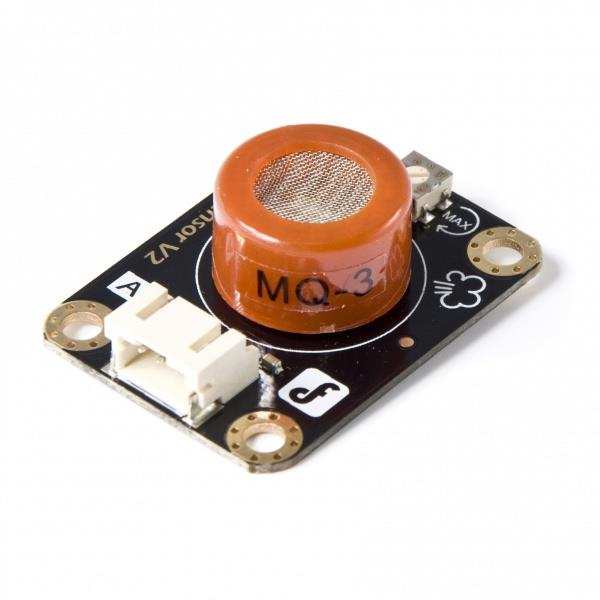
Looking for a fun maker project to bring to the pub? Try building your own portable breathalyzer! Using an alcohol sensor like DFRobot’s Gravity alcohol sensor you can create an at-home breathalyzer.
DFrobot Gravity alcohol sensor features:
- Alcohol sensor
- Works with microcontrollers i.e. Arduino boards
- Built-in potentiometer
- Low sensitivity to benzine, high alcohol sensitivity
- Good for building breathalyzer
Complete Guide to Biometric Sensors - Final Thoughts
Biometric sensors let you monitor any number of different things, from fingerprints and heart rate to alcohol and muscle activity. They’re nifty ways to capture and record data. With biometric sensing devices, you can create DIY wearables, breathalyzers, prosthetics, game controllers, health monitoring devices, home security systems, and more.
Your turn: What biometric sensors have you experienced in the real world, and what maker projects have you built with biometric sensors?













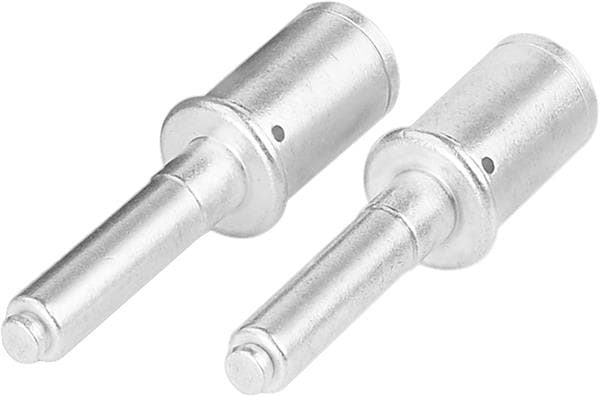
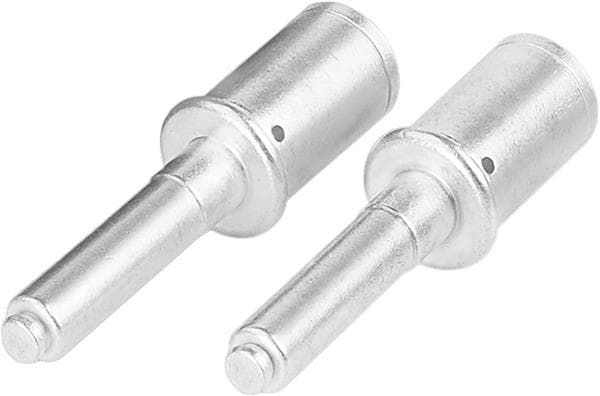


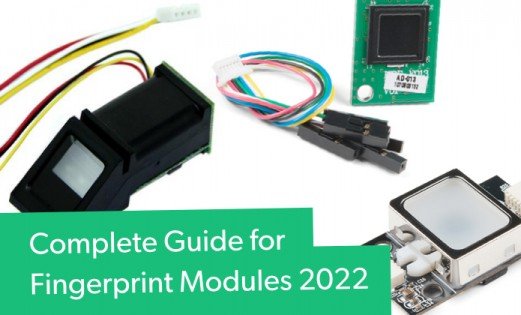
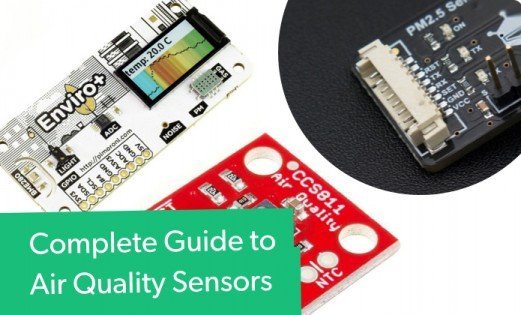
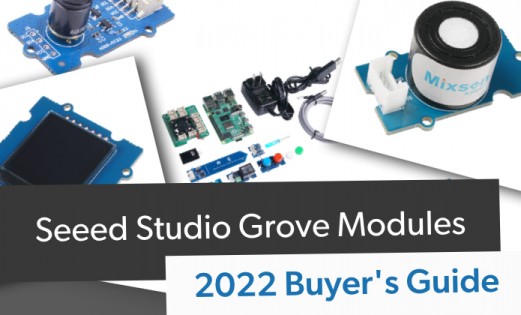
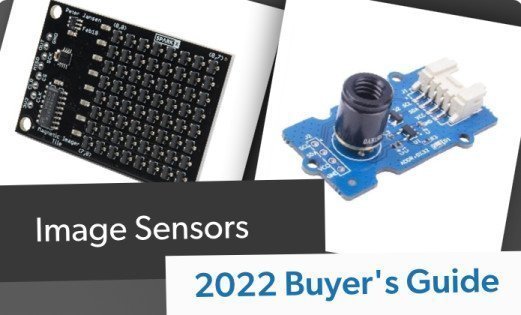
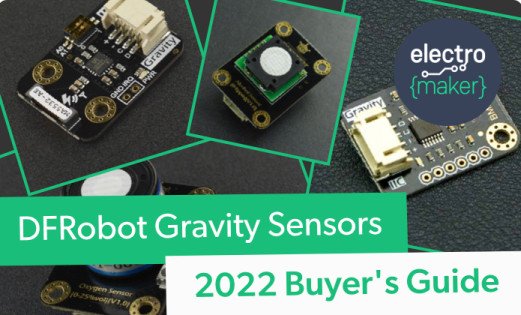
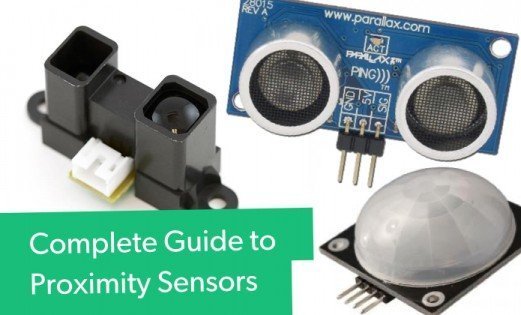

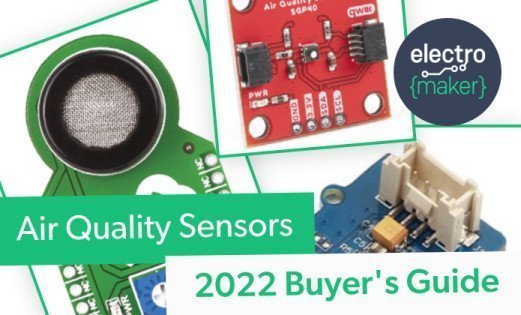
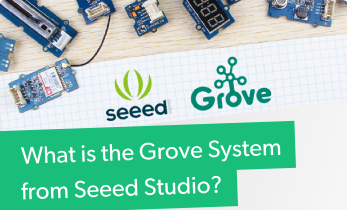
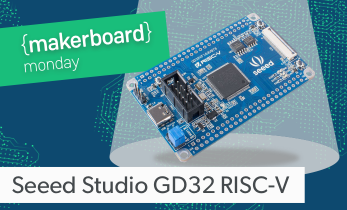
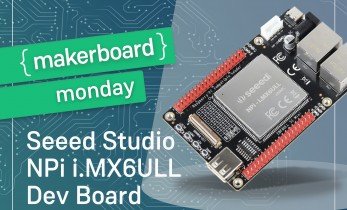


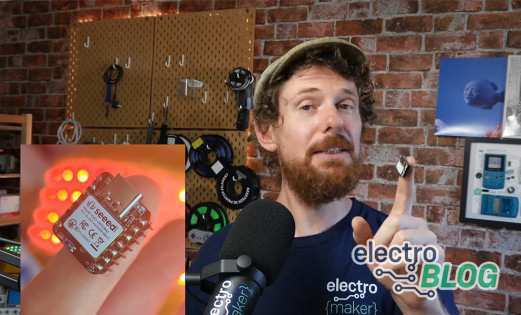
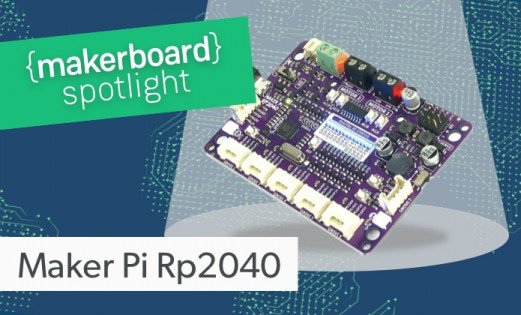

Leave your feedback...